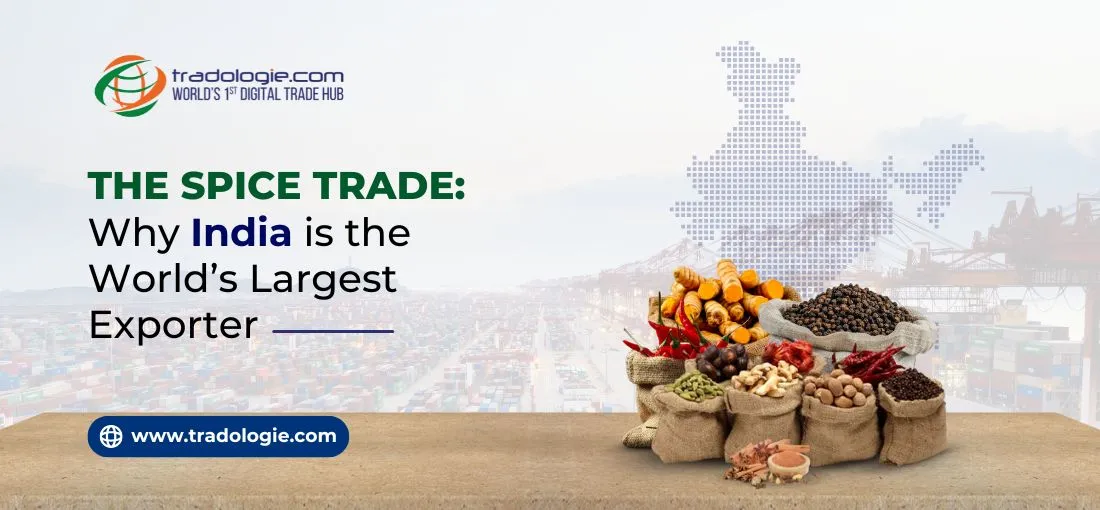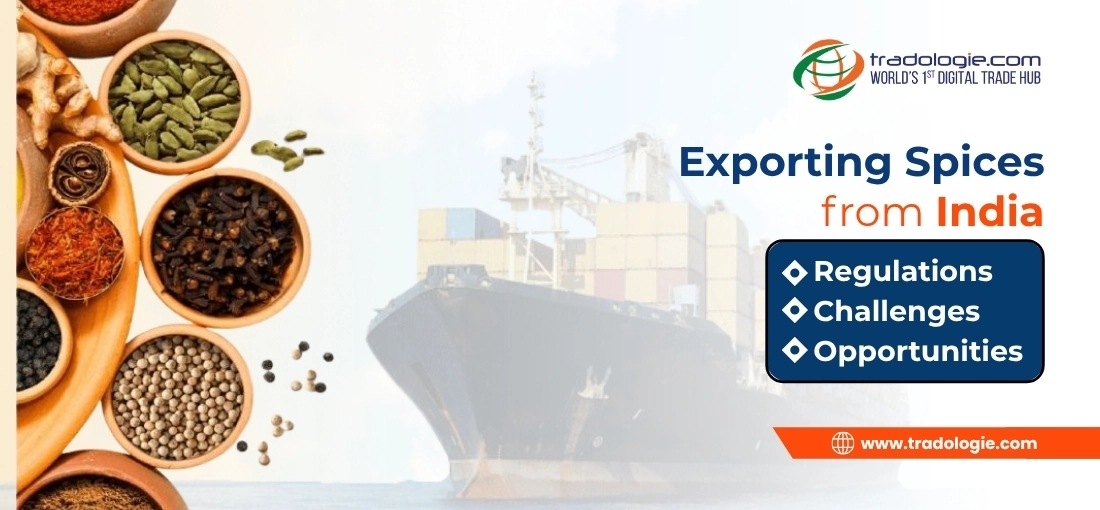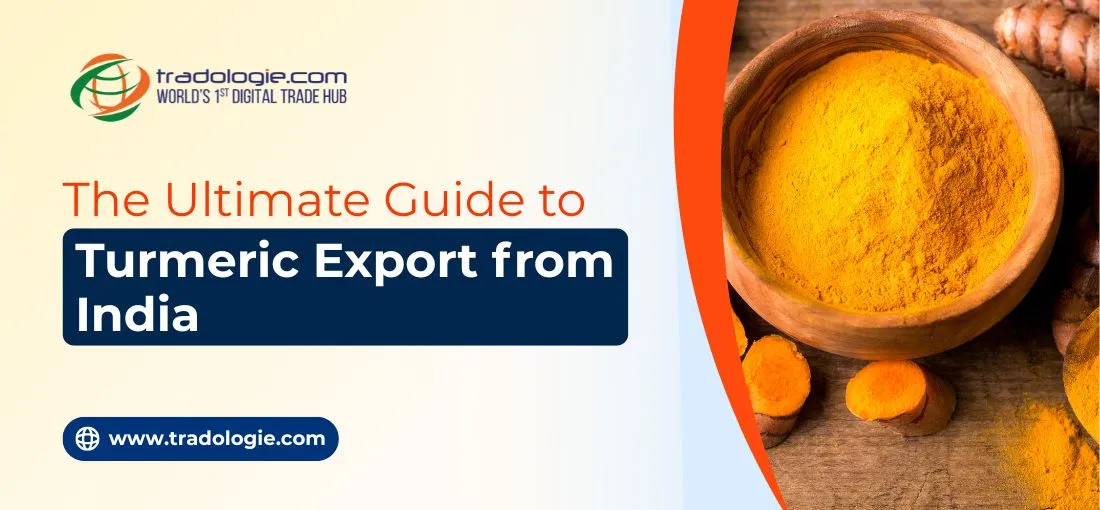What Makes India The World's Largest Spice Exporter
India has been known as the spice bowl of the world since time immemorial. Even today it is a leading exporter in the global spice market. Most of us already know that Indian spices are famous for their strong flavors and health benefits. Historically, Indian spices like black pepper, cardamom, and cinnamon were traded widely across the length and breadth of different countries.
They were exported to the Middle East, the Roman Empire, and many other places where the demand for the Indian species was high. In fact, old sea routes helped spread India's spice trade. Explorers like Vasco da Gama came looking for these valuable spices.
Whether you want to export spices or are interested to know some amazing facts about Indian spice exports, this blog will provide you some valuable insights on the same.
Global Demand for Indian Spices
Since historic times and till today, there is no surprise that Indian spices are significantly in high demand in most countries. The United States, United Arab Emirates, Saudi Arabia, and China are some of the biggest spice importers that procure it in bulk from India.
- Since Indian spices are known for their strong taste and fragrance that make it the ideal choice for HORECA industries.
- Buyers around the world give importance to these spices for their taste and health benefits in the healthcare industry. Indian sellers leverage this global industry and export spices in bulk through diverse trade channels.
India’s Multi-Billion Dollar Industry
There is no doubt that India is a notable name in the global spice trade and the numbers speak for themselves when it comes to growth.
- In the financial year 2023-24, India exported spices worth US$ 4.46 billion. This figure is sufficient to showcase India's immense strength in the global spice markets.
- It is worth mentioning that In the previous year, the number was US$ 3.73 billion.
- Every month, exports have also grown. In July 2023, spice exports were worth US$ 298.77 million, up from US$ 293.84 million in June 2023.
- From 2016-17 to 2022-23, the industry had a steady growth rate of 5.85%.
Again, these numbers draw light on the fact that Indian spices are in high demand in the global market and the immense export opportunities it holds for the spice businesses in India.
The Quality and Diversity of Indian Spices
Indian spices are known for their good quality, but also for diversity. The different climates in this Asian country help grow many spices such as:
- Turmeric – Grown in Telangana, Andhra Pradesh, Tamil Nadu, Odisha, Karnataka
- Cumin – Grown in Gujarat, Rajasthan
- Coriander – Grown in Rajasthan, Madhya Pradesh, Gujarat
- Black Pepper – Grown in Kerala, Karnataka, Tamil Nadu
- Red Chili – Grown in Andhra Pradesh, Telangana, Karnataka, Madhya Pradesh, Maharashtra
- Cardamom – Grown in Kerala, Karnataka, Tamil Nadu
Each spice has a special smell, distinct taste, and health benefits. This makes them popular in many markets.
To meet global food safety rules, India follows strict checks. Important approvals include:
- FSSAI (Food Safety and Standards Authority of India)
- APEDA (Agricultural and Processed Food Products Export Development Authority) r
- HACCP (Hazard Analysis and Critical Control Points)
- Spices Board India Approval
Because of these measures, Indian spices are trusted by major buyers like the USA, China, Bangladesh, UAE, and European countries.
Export Opportunities in the Global Spice Trade
Indian spices will remain in high demand in the coming years, thanks to their rich flavour, superior quality and wide application in global cuisine, medicine and the healthcare industry. As the world's leading spice exporter, India will continue to grow thanks to ideal climate, age-old expertise and constantly evolving cutting-edge processing techniques. The growing attraction towards Indian food and the growing awareness about the health benefits of turmeric, cumin and cardamom are further fuelling this boom. All this will continue to provide immense opportunities for food businesses to export spices.
Conclusion:
India has a strong history in the spice trade. It continues to be a world leader with its high-quality and different varieties of spices. As demand keeps rising, exporters and importers can grow their business by using India's strong spice network. For food, health, or industry use, Indian spices will always be valuable across the world.





